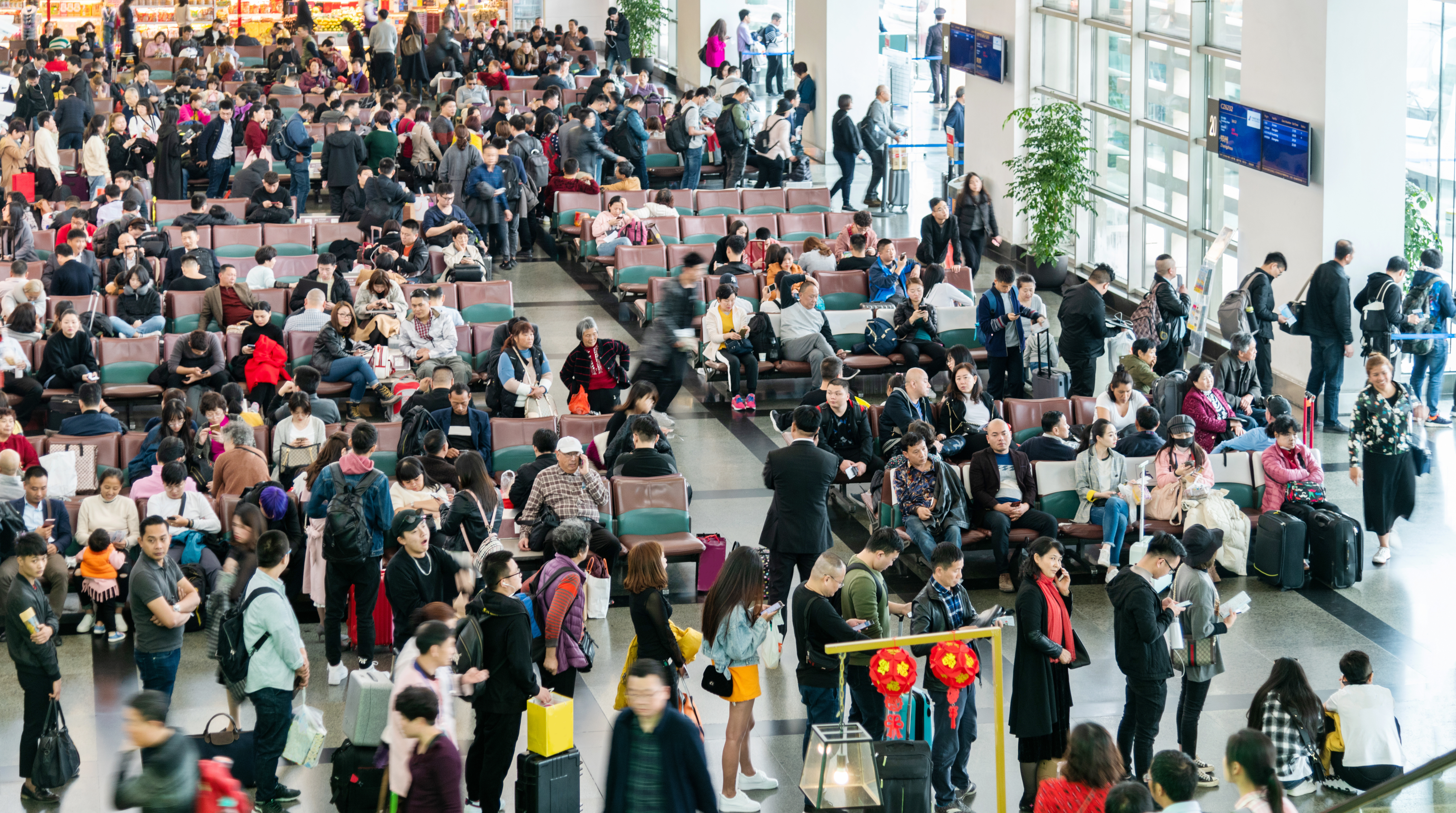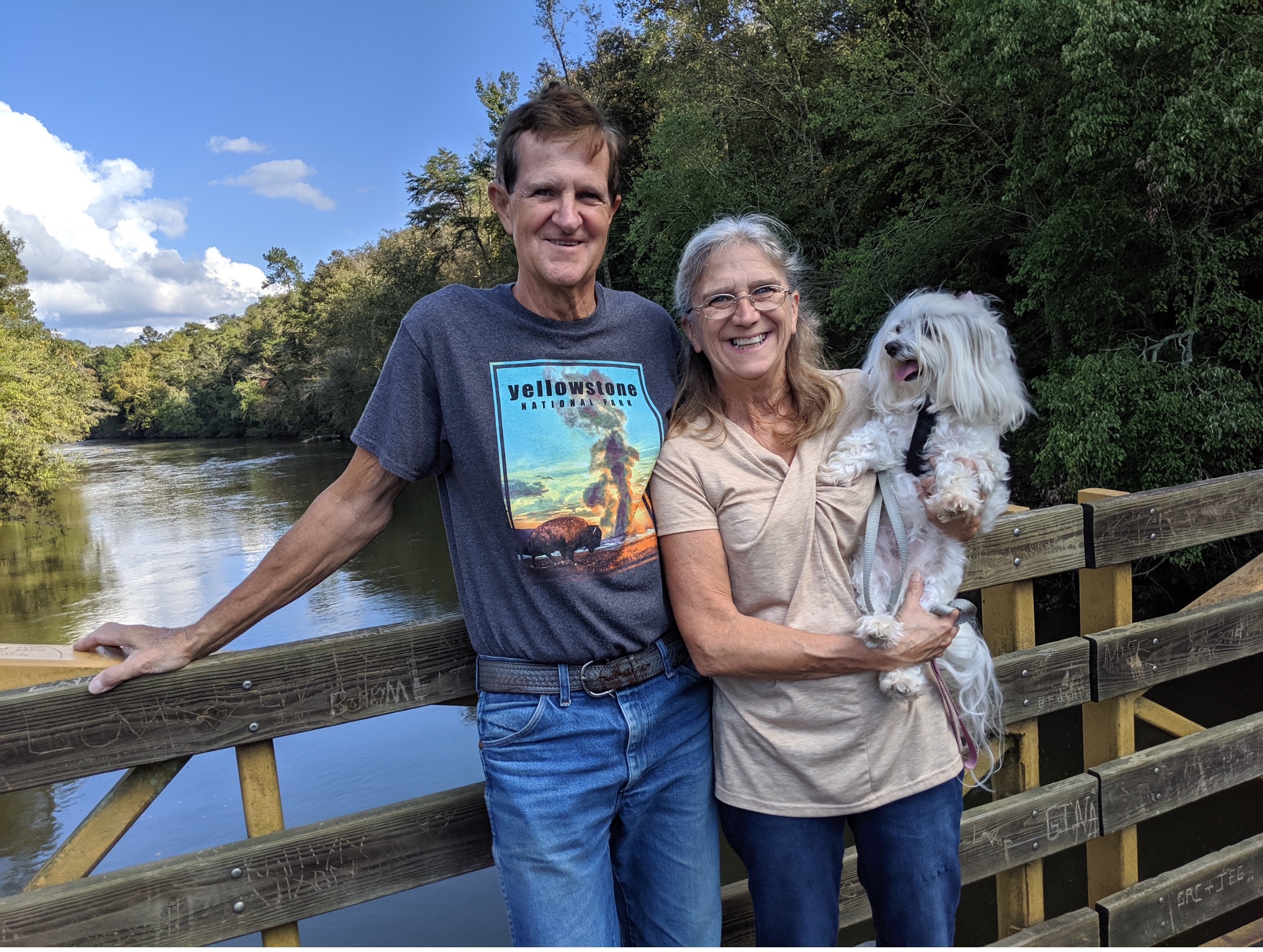Navigating the Turbulence: How to Make Airports Age and Dementia Friendly Amid Travel Chaos
Air travel is often riddled with unexpected challenges, and today’s story is no exception. As someone who thrives on learning by doing, I find myself in the midst of one of the most memorable travel misadventures of my life. It's no secret that flight delays have become increasingly common. If you’re fortunate enough to experience a flight that departs and arrives on time, without lost baggage or discomfort, consider yourself luck, right?
This particular journey was anything but smooth. Just ten minutes before our scheduled boarding, the gate agent announced that our flight crew was still en route from the hotel, leading to an initial delay. Her suggestion to go find a restaurant for breakfast, take a walk, or shop should have been a clue about the long wait ahead. I noted her particular words: it was not grab breakfast - it was rather "go find a restaurant and have breakfast" - big difference in time!
Then we Moved to the Automated Updates...
As time ticked by, automated updates pushed our departure time by 30-minute increments, extending our delay to an excruciating 6.5 hours without any human announcements. The frustration among passengers was palpable as we felt trapped in a relentless cycle of hope and disappointment.
Time to Help Vulnerable Passengers...
Being an observant person and working in the dementia space, I was particularly aware of the number of elderly passengers traveling alone or with companions. One elderly gentleman, accompanied by a very young boy, lost track of his companion after a restroom visit. I quickly reunited them, highlighting the vulnerability of elderly travelers in such stressful situations.
Emotional Toll on Caregivers was Growing...
Three hours into the delay, I noticed a couple becoming increasingly distressed. The husband, struggling with mobility, had an accident while attempting to stand. His wife, visibly shaken, asked me to watch their bags while she assisted him. She confided that he was battling Parkinson's disease and his condition was worsening. This emotional moment underscored the significant challenges faced by caregivers during travel delays.
Anxiety and Confusion Sets In...
Another elderly woman, traveling alone, appeared confused and anxious. A kind young man offered to help, and she asked him to call her daughter. Her distress was evident, mirroring the unease felt by many older passengers who were not only physically uncomfortable but also emotionally overwhelmed.
Tensions Grow with No Human Updates...
Over five hours into the delay, passengers were sprawled across the floor, eyes glued to their screens for the next update. Many older adults, likely unfamiliar with the airline's app, remained uninformed unless they squinted at the sparsely placed, hard-to-read departure signs. While some passengers tried to make the best of the situation by chatting or reading, the delay was a significant source of stress and discomfort for many.
Time to Call It...
By this point, my nerves were frayed. Realizing that even if the plane eventually departed, I would arrive at my destination very late and miss important meetings, I decided to prioritize my well-being and canceled my flight. It was a tough decision, but necessary under the circumstances. Just an hour after leaving the airport, the flight was officially canceled, 7.5 hours after the scheduled departure.
What is the Solution?
Creating age and dementia-friendly airports involves a multifaceted approach that focuses on accessibility, staff training, clear communication, and supportive infrastructure. Here are key steps airports can take to achieve this:
1. Physical Accessibility Enhancements
- Clear Signage: Use large, high-contrast, easy-to-read signs with universal symbols.
- Seating Areas: Provide ample seating with armrests throughout the airport, especially near gates and in waiting areas.
- Lighting: Ensure good lighting to reduce shadows and glare, which can be disorienting.
- Paths and Walkways: Ensure smooth, non-slip surfaces and clear, obstacle-free pathways.
- Restrooms: Make restrooms accessible with clear signage, adequate space for mobility aids, and features such as grab bars and emergency call buttons.
2. Staff Training and Awareness
- Dementia Training: Train staff to recognize signs of dementia and respond with patience and understanding.
- Communication Skills: Equip staff with techniques to communicate effectively with older adults and those with cognitive impairments.
- Customer Service: Develop protocols for assisting passengers who may appear confused or lost.
3. Assistance Programs
- Meet and Assist Services: Offer dedicated assistance services for older adults and people with dementia, including escort services from curb to gate.
- Quiet Areas: Provide quiet, low-stimulation areas where passengers can rest away from the hustle and bustle of the airport.
- Sensory Rooms: Create sensory rooms with calming environments to help reduce anxiety.
4. Information and Communication
- Clear Announcements: Use clear, concise, and audible public announcements.
- Accessible Information: Provide information in various formats (large print, braille, audio) and multiple languages.
- Digital Assistance: Implement easy-to-use digital kiosks with touch screens that have voice assistance and high-contrast displays.
5. Safety and Security
- Emergency Protocols: Ensure emergency procedures consider the needs of older adults and those with dementia.
- Identification Systems: Implement discreet identification systems (like bracelets or lanyards) for travelers with dementia to alert staff if they need extra assistance.
- Lost Passenger Protocols: Develop and train staff on protocols for quickly and compassionately assisting lost passengers.
6. Partnerships and Community Engagement
- Collaborate with Dementia Organizations: Work with local and national dementia organizations to develop best practices and training programs.
- Feedback Mechanisms: Create channels for feedback from older adults and those with dementia, their families, and caregivers to continuously improve services.
7. Technology and Innovation
- Navigation Aids: Implement wayfinding apps designed for those with cognitive impairments, offering step-by-step navigation through the airport.
- Personalized Assistance Apps: Develop or utilize apps that provide personalized assistance and reminders for travelers with dementia.
- Beacons and Sensors: Use beacons and sensors to help guide passengers and provide location-based assistance and information.
By integrating these steps, airports can create a more inclusive and supportive environment for older adults and those with dementia, improving their travel experience and overall well-being.
If you would like to find out how AGE-u-cate Training Institute can assist in Age and Dementia Friendly initiatives for airports and airlines, please contact us today!






